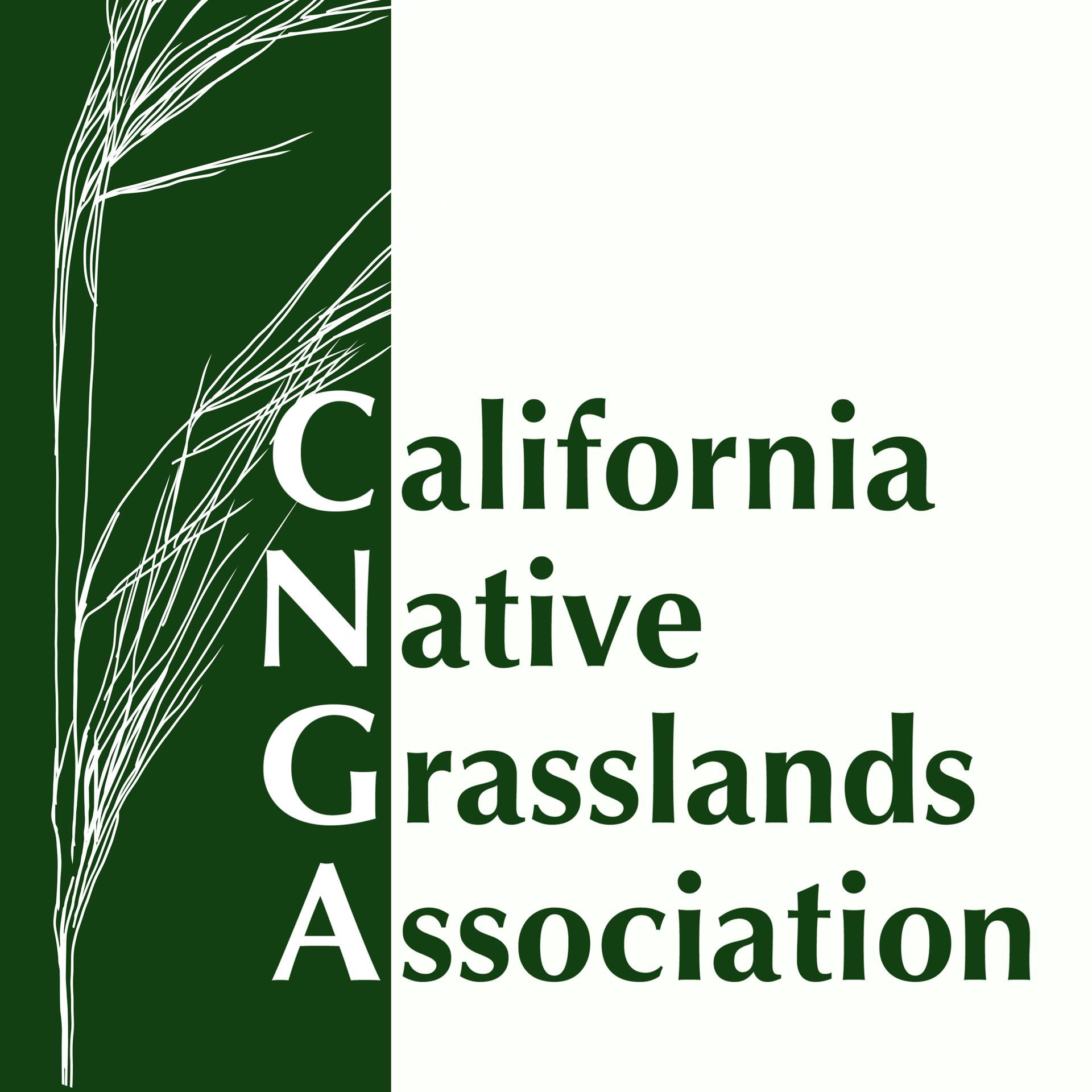
The Only Organization Working Exclusively to Conserve and Restore
California's Native Grasslands
How to Key a Grass |
On This Page
|
Grasses can be notoriously difficult to identify, partially due to new vocabulary and very tiny parts to inspect. But have no fear with a microscope (or even a hand lens) and good dictionary by your side, you can tackle any grass. Be easy on yourself, learning grasses takes patience, practice, and persistence. Below are some steps to get you started.

Floret- Individual flowers bracted by a lemma and palea
Spikelet- The basic unit of a grass inflorescence consisting of 2 glumes and 2 or more florets
Glumes- A pair of bracts at the base of a spikelet
Awn- A bristle-like appendage, usually a continuation of the mid-nerve of the lemma or the glume
Culm- A grass stem, usually hollow except at the ordinarily swollen nodes
Node- The joint of a culm (the “knees” of a grass stem)
Internode- The culm (stem) segment between two nodes
Blade- The laterally expanded portion of a grass leaf
Sheath- The basal portion of the leaf that surrounds a grass stem
Leaf- The sheath and blade of a grass
Collar- The outer side of a grass leaf at the junction of the sheath and blade, often lighter colored than the surrounding tissue
Stolon- Stems that lie upon the ground and root at the nodes or at least bend over and root at the tip
Rhizome- A creeping underground stem
Fibrous- A type of root form
Ligule- An outgrowth from the leaf sheath. Because they vary in size, shape, and texture, they are used in the identification process
Lemma- The lower of two bracts surrounding the grass flower (see palea)
Palea- The uppermost of two bracts surrounding the grass flower (see lemma)
Test yourself and have fun by doing our Anatomy of a Grass Crossword.
Learn Basic Grass Morphology, by Michelle Cooper & Kevin Rice
Sedges of Marin County, Sedge Key by Eric Wruble and Timothy Jones PlantID.net - Twelve Easy Grasses often seen in Marin County | Vocabulary needed to identify grasses. Oregon State University. National Forage and Grassland Curriculum. Know Your Natives: A Pictorial Guide to California Native Grasses - Written by Jeanette Wrysinski Photography, design, and layout by David Rosen/Wildside Photography & Public Relations Copyright © 2000 by Yolo County Resource Conservation District |
These are the most basic grass structures and give us a great start to working through a key. However, not all grasses have each part and at certain life stages the grass individual can lose parts (such as the florets when the grass senesces for the season).
A dichotomous key is a way to determine what species you are studying. It do so by listing 2 attributes (or couplet) at a time, you then pick one and it tells you which couplet to go to next. For instance, let's say you are looking at Ponderosa Pine (yes it's a tree but let's start simple). Your first couplet may look like this...
1a Has needle-like leaves..................... 2
1b Does not have needle-like leaves.......10
A Ponderosa Pine does in fact have needle-like leaves so we would chose 1a and go to couplet 2 (however, if we chose 1b we would progress to couplet 10).
2a Leaves are not scale-like.................3
2b Leaves scale-like............................7
Ponderosa Pine's do not have scales so we choose couplet 2a and go to 3. This would continue until you reach a species.
There are a lot of keys out there and depending on what species you're studying some are better than others. For instance, plants with very distinguishing characteristics (i.e. California Poppy) are commonly found in field guides. These guides have photos of each plant and interesting facts. While the field guides are great for those species, they lack the detail needed for most plants. Field guides are great though for those of you just starting this journey.
The best keys for the west include The Jepson eFlora on-line, The Jepson Manual, Field Guide to Grasses of California (by James P. Smith, Jr.) and Flora of the Pacific Northwest (by Hitchcock and Cronquist). Don't be dismayed by the size of some of these books, they just have a lot of plants and several pages of definitions. Our final words of advise to those just starting out is to remain patient, this is a skill that takes practice.